Aquatic Weeds
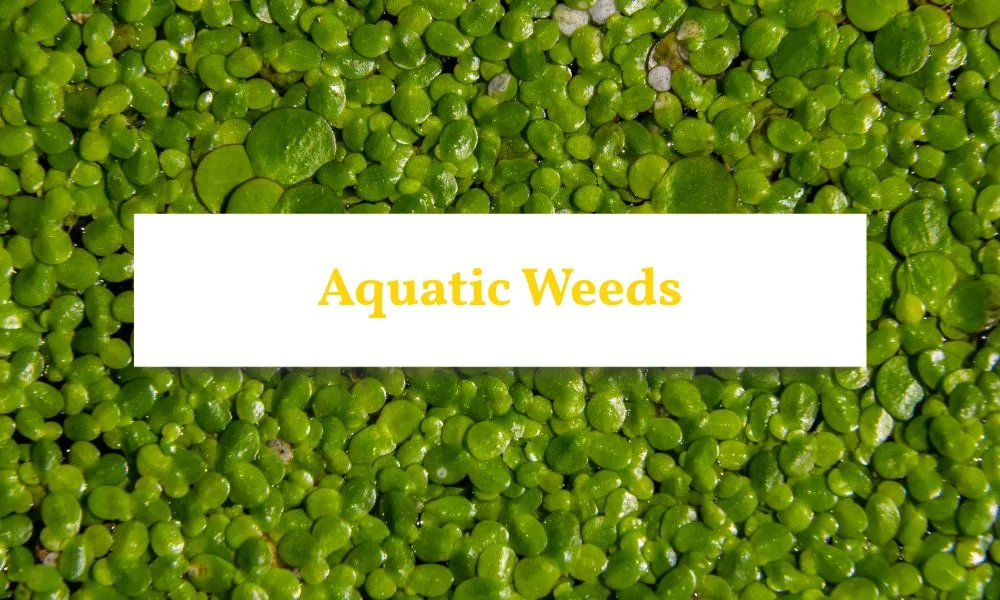
What Are Aquatic Weeds?
Aquatic weeds are plants that grow in water or wet environments, such as ponds, lakes, rivers, and wetlands. These weeds can be submerged, floating, or emergent, depending on their growth habit. While some aquatic plants are beneficial for ecosystems, others can grow excessively and disrupt water flow, harm aquatic life, and interfere with human activities like fishing and boating.
Characteristics of Aquatic Weeds
-
Appearance: Aquatic weeds vary in form. Some float on the surface (e.g., water hyacinth), while others grow beneath the water (e.g., hydrilla) or emerge above it (e.g., cattails).
-
Growth Habit: These weeds spread quickly through seeds, fragments, or rhizomes, making them difficult to control.
-
Examples: Common types include water hyacinth, hydrilla, duckweed, and cattails.
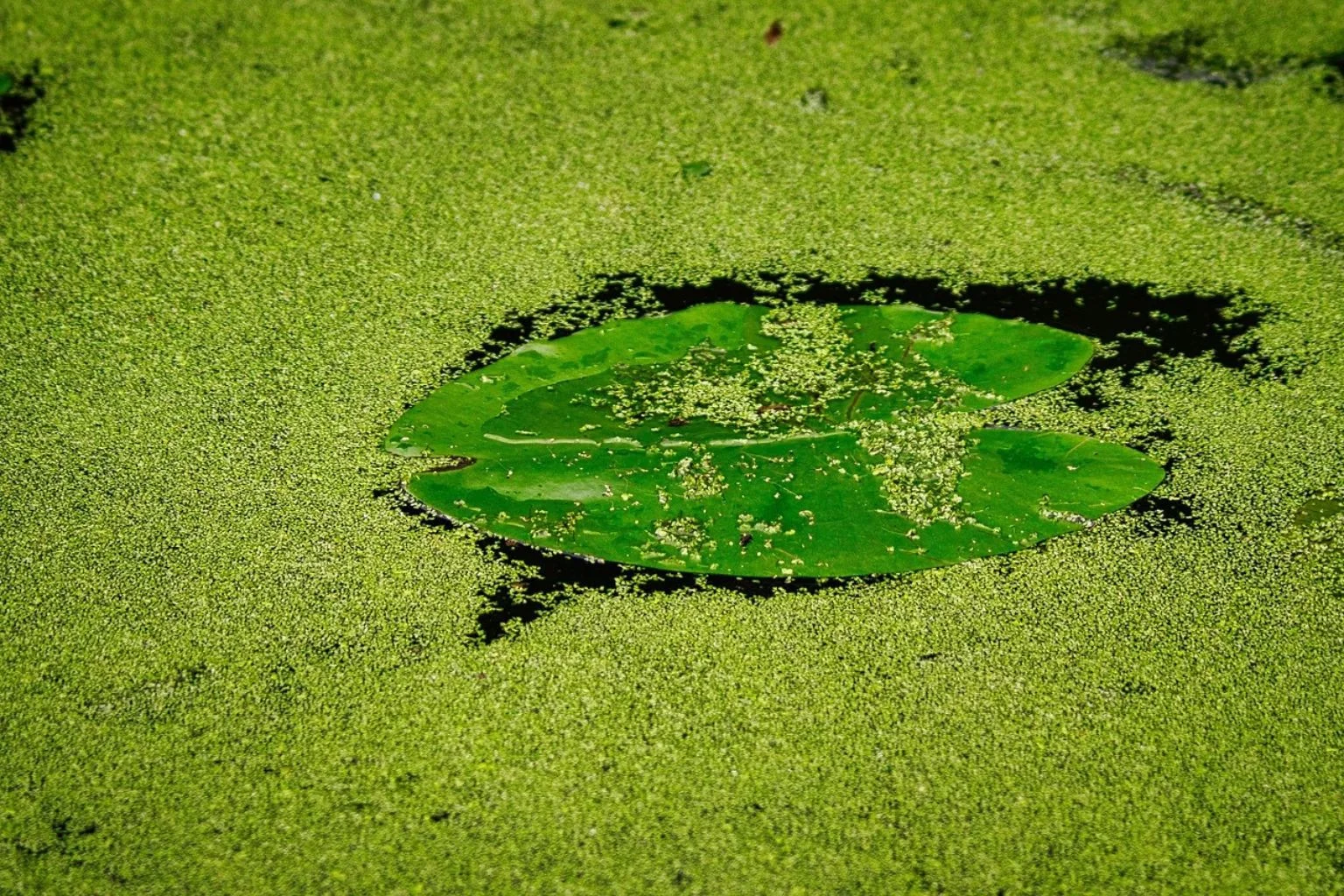
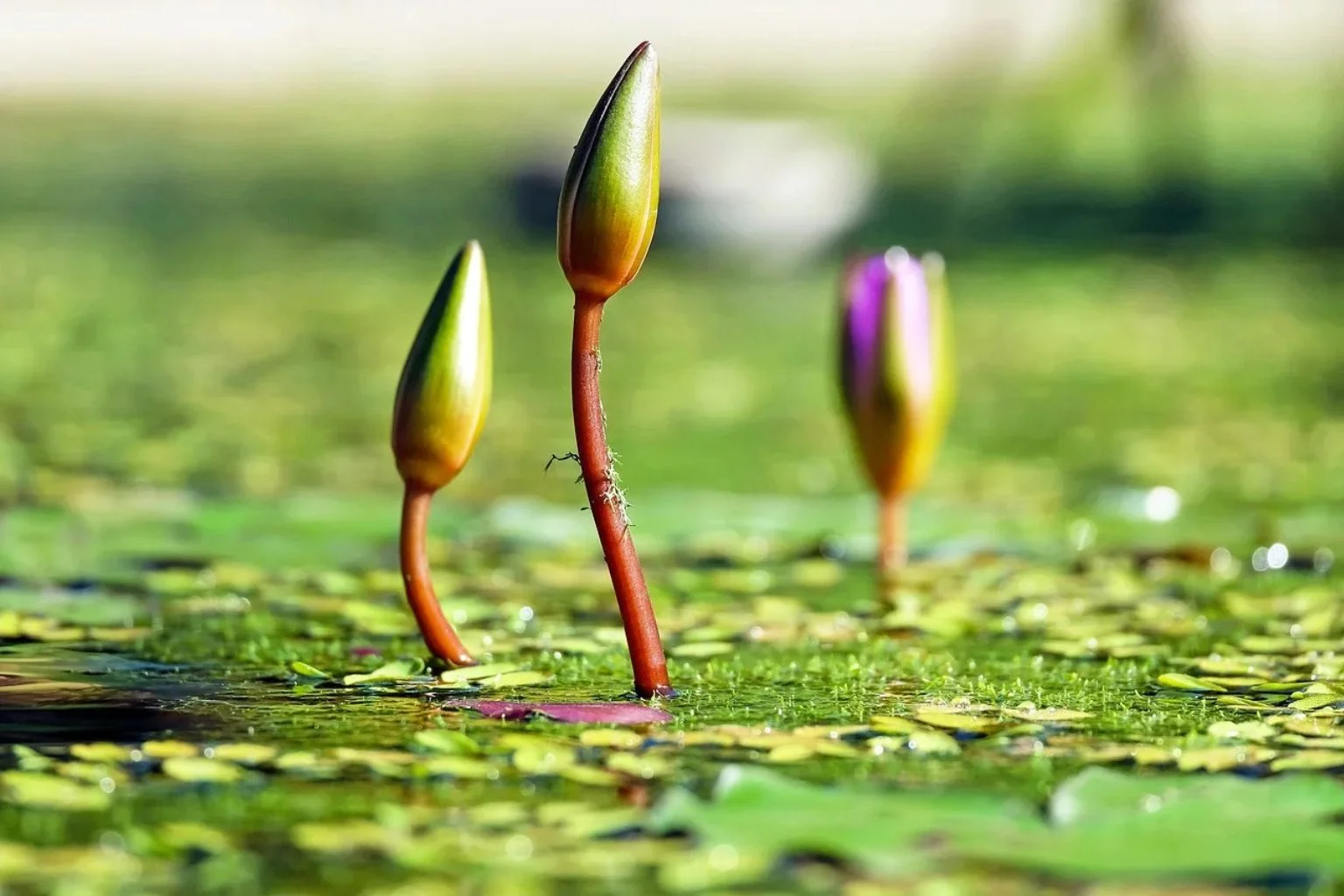
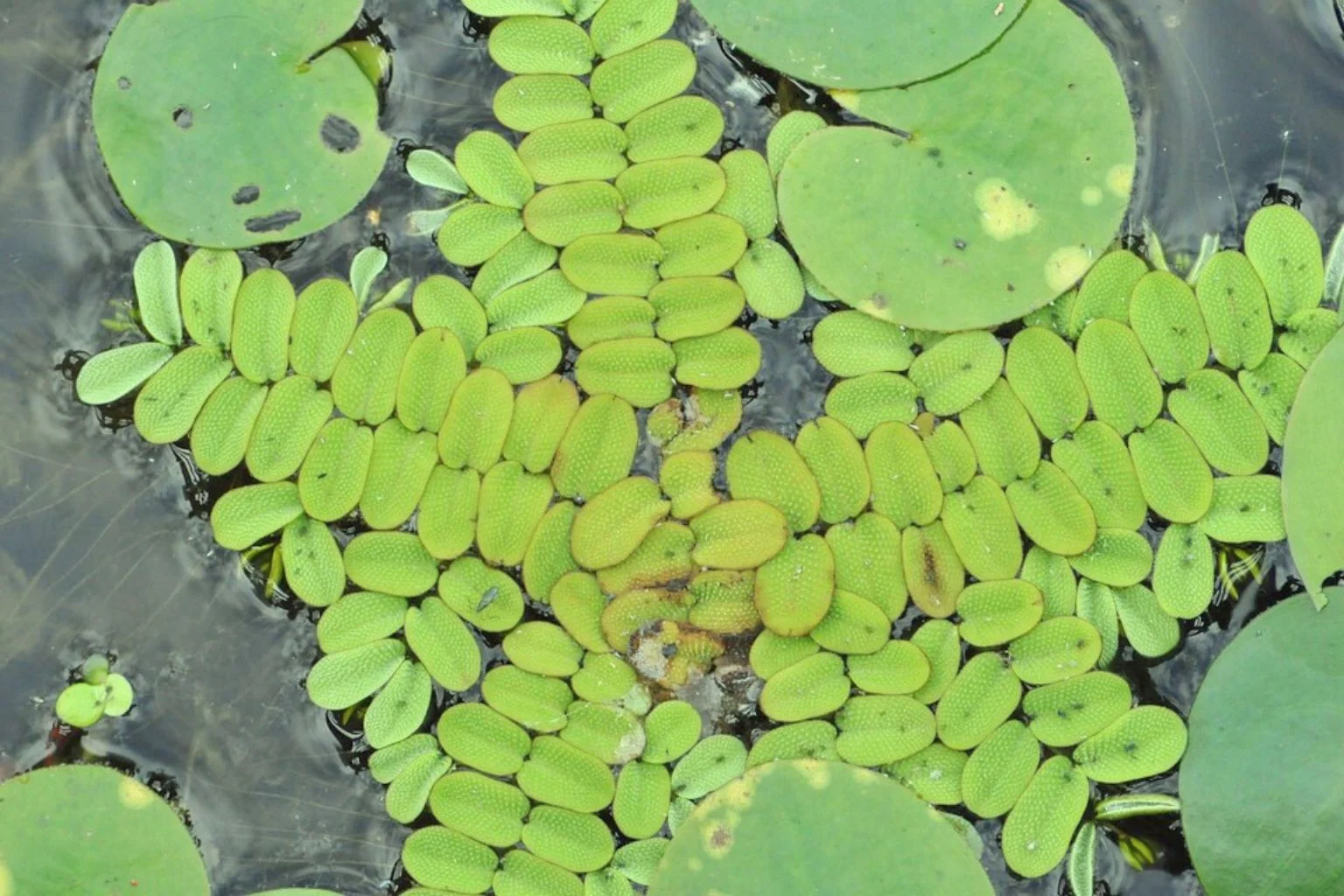
Why Is It A Problem?
Aquatic weeds become problematic when they grow uncontrollably. They can block waterways, reduce oxygen levels in water, and create breeding grounds for pests like mosquitoes. Additionally, excessive growth can harm fish populations and disrupt recreational activities.
Environmental Impact
-
Oxygen Depletion: Dense weed mats can block sunlight and reduce oxygen levels in the water, harming aquatic life.
-
Biodiversity Loss: Native aquatic plants may be outcompeted by invasive weeds, reducing biodiversity.
-
Water Quality Issues: Decaying weeds can release nutrients that promote algae blooms.
Agricultural and Economic Impact
-
Irrigation Blockage: Aquatic weeds can clog irrigation systems, reducing water flow to crops.
-
Economic Losses: Recreational activities like boating and fishing may be disrupted by excessive weed growth.
How to Identify Aquatic Weeds
Aquatic weeds are identified by their growth habits—whether they float on the surface, grow beneath the water, or emerge above it. Their leaves may be broad or narrow, depending on the species. Common examples include floating plants like duckweed and submerged species like hydrilla.
Effective Methods
Aquatic Weed Control
Aquatic Weeds Control requires a combination of physical removal, biological methods, and chemical treatments. Using multiple approaches ensures effective management.
Physical Control
-
Manual Removal: Weeds are pulled out by hand or using tools like rakes. This method works well for small infestations.
-
Mechanical Harvesting: Machines are used to cut and remove large quantities of weeds quickly.
-
Water Level Adjustment: Lowering water levels can expose weeds to air and kill them.
Biological Control
-
Introducing Natural Predators: Herbivorous fish like grass carp can be introduced to eat aquatic weeds.
-
Biological Agents: Certain insects or fungi that target specific weeds can be used for control.
Chemical Control
-
Aquatic Herbicides: Chemicals like glyphosate or diquat are applied to kill aquatic weeds. These must be used carefully to avoid harming other aquatic life.
-
Spot Treatments: Herbicides are applied directly to weed patches for targeted control.
Preventative Measures
-
Reduce Nutrient Runoff: Limiting fertiliser runoff into water bodies can prevent excessive weed growth.
-
Regular Monitoring: Checking waterways regularly helps detect weed infestations early.
Recommended Products
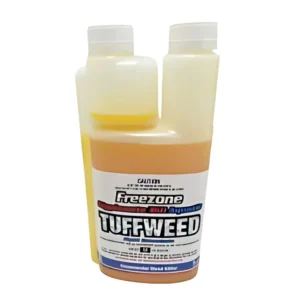
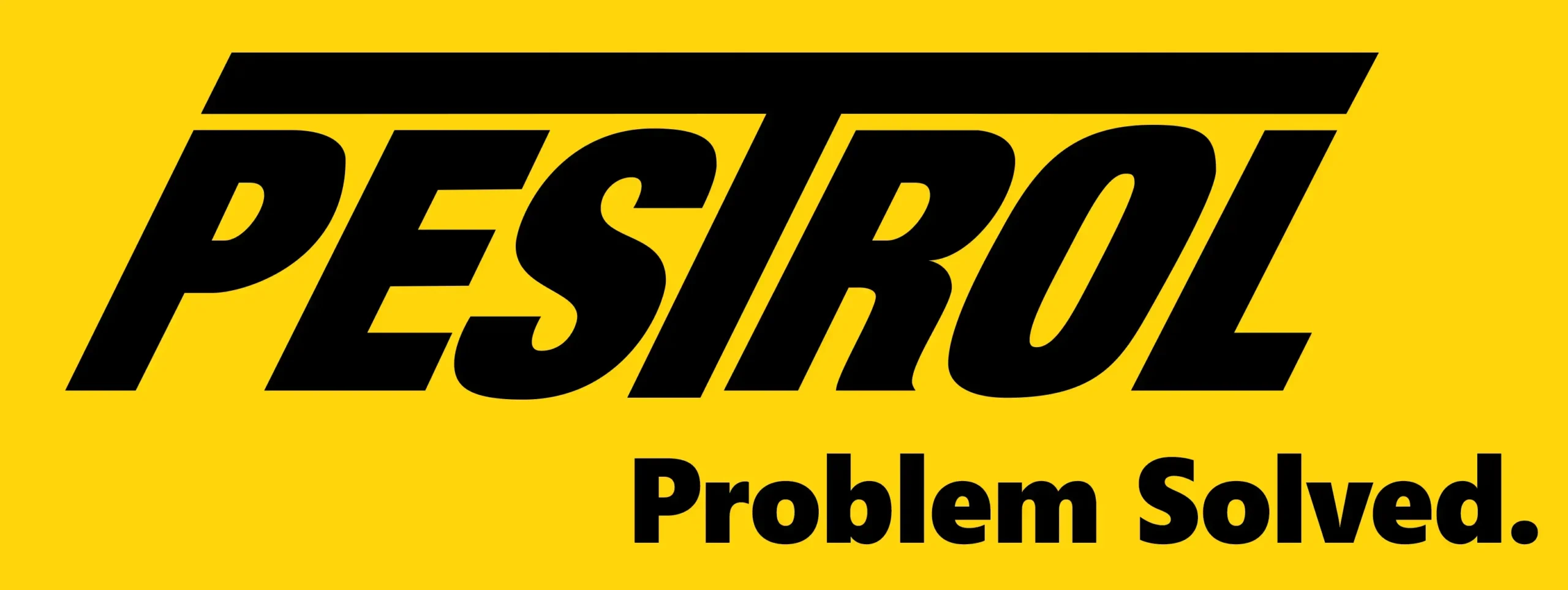
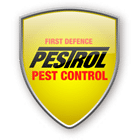



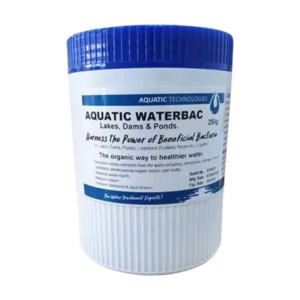
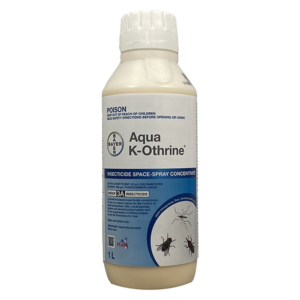
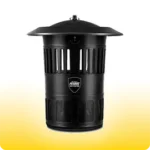 Mosquito Traps
Mosquito Traps